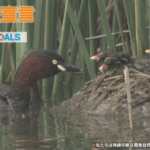[Interview] Promoting Active Peace and SDGs Sumitomo Forestry
The 2020 Hiroshima Business Forum for Global Peace discussed the relationship between business and building peace from a variety of angles. We are joined here by Yuuko Iizuka, director of the Sustainability Promotion Office at Sumitomo Forestry Co., Ltd., one of the participating companies in the forum, to talk to us about the company’s various initiatives.
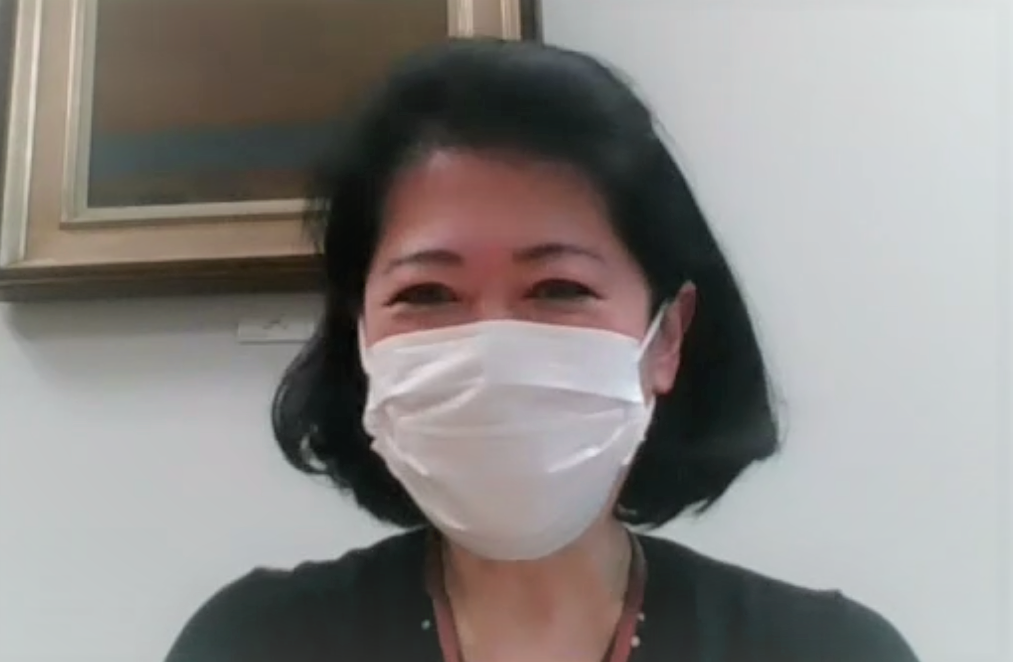
Company philosophy
Sumitomo Forestry was founded in 1691 (Genroku 4), handling the task of forest management that went hand in hand with the opening of the Besshi Copper Mine, located present-day Ehime Prefecture. It procured timber for construction and the wood and charcoal required to build support structures in the mine and to smelt the copper. The company’s long history has included some bitter experiences. Smoke damage from the smelting and excessive lumbering caused great devastation in the mountains in the area, which gave rise to a mass uprising among the local farming population. Reflecting on these regrettable events, the company established its Large-Scale Reforestation Scheme in 1894 (Meiji 27). The mountains regained their abundant greenery, with over two million Japanese cedar and cypress trees planted annually during highly productive years.
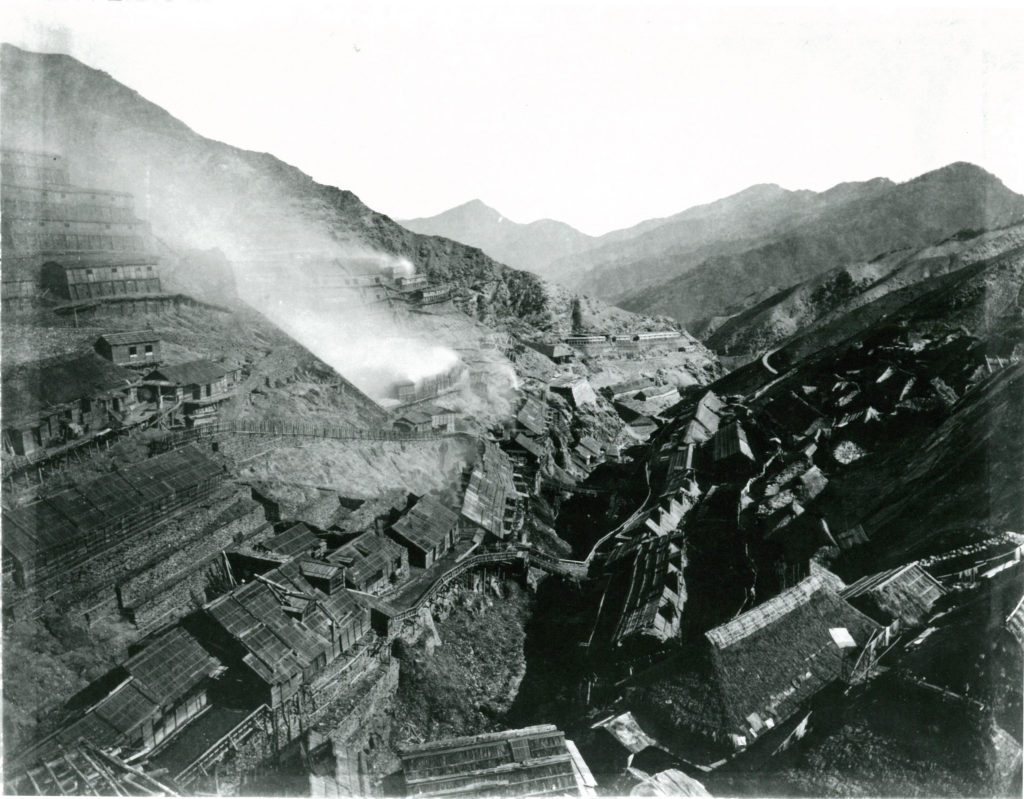
The devastation of the Besshi Copper Mine during the Meiji era [Sumitomo Historical Archives]
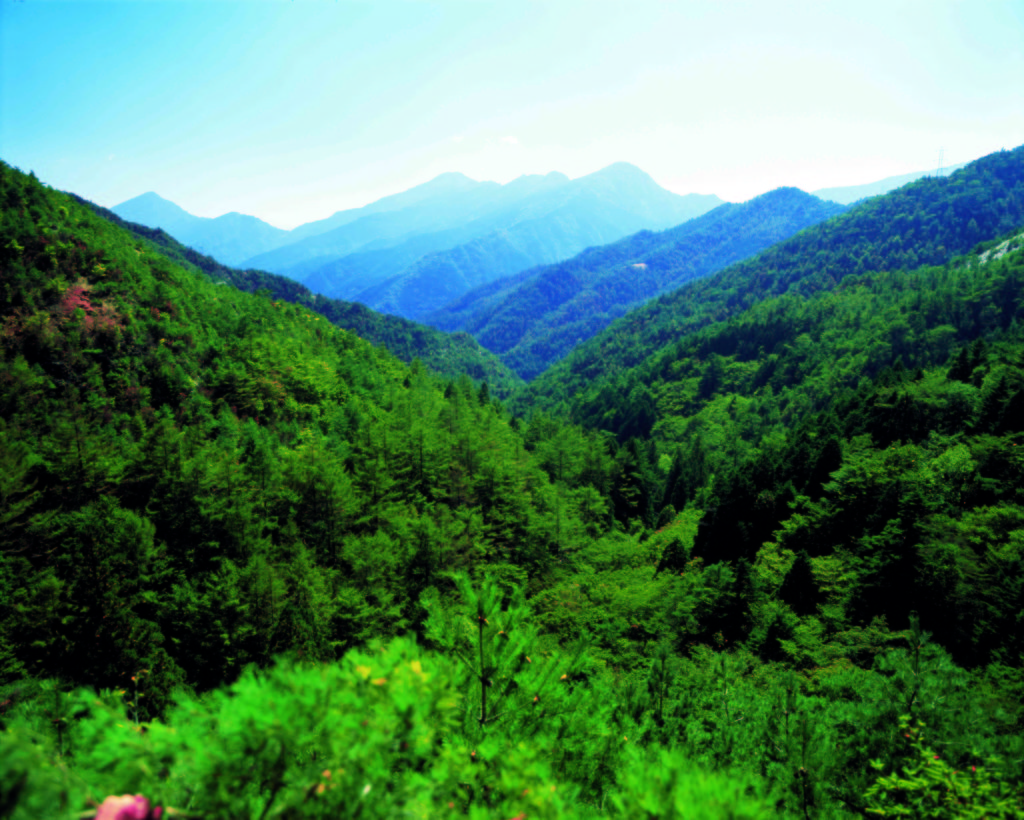
Present-day view of the mountain range at Besshi
Through such events, Sumitomo Forestry has learned, first hand, that doing business can have a significant impact on the surrounding environment and people. The company is also active overseas; we own and manage approximately 230,000 hectares of forest in New Zealand, Indonesia, and Papua New Guinea. Based on our philosophy that “forestry is something that develops together with local people,” we are mindful to run the business while exercising a positive impact on the local environment, through initiatives such as the building of schools and clinics and the maintenance of roads.
Furthermore, as forestry is the lifeblood of the company, our corporate philosophy rests on a cyclical way of thinking: we plant, grow, log, and put trees to use, then plant once again. With cypress, for example, the process from planting to logging takes almost 80 years, so this kind of long-term perspective is indispensable for the running of the company. Doing business while considering our impact on local communities and building a business model that is sustainable for the long term…… The concept of SDGs, which was an important theme at the Hiroshima Business Forum for Global Peace, has been alive in our company the entire time since it was established.

Currently, we are trying to achieve our goals in a more realistic way by incorporating SDG-related initiatives into the specific numerical targets of each division of the business. We are working to create systems where implementing the immediate work will lead seamlessly to reductions in CO2 emissions and amounts of industrial waste.
Recent Initiatives
Since the 2015 Paris Agreement, we have seen increasing concern about climate change worldwide. Society’s expectations are high, not only about the amount of contribution that will be made on the governmental level, but also on the corporate level.
Meanwhile, the problem of deforestation is seen as one of the main causes of global warming. Sumitomo Forestry is also gaining momentum in actively discussing what we can do about the climate change that is being experienced right now.
We launched our custom-built housing business in Japan in 1975. For example, by increasing the supply of zero-energy housing (whose aim it is to reduce the annual consumption of primary energy to zero through improved insulation performance and the installation of solar power), we can play our part in the reduction of CO2 emissions. As carbon is fixed inside wood, an increase in the number of wooden buildings will in itself lead to a reduction in carbon emissions. Hence, Sumitomo Forestry is actively promoting the use of timber not only for housing, but also for non-residential wooden construction such as kindergartens, aged care facilities, and convenience stores.
Meanwhile, we are also working in-house to gain an objective perspective of how useful forests and timber can be as countermeasures to such climate change. Every one of our employees has an intuitive understanding of the potential that forests hold. We have wood’s warmth and its ability to control humidity. However, for example, if we were able to quantify wood’s appeal by saying: “if you build an entire house from wood, it will make this much contribution to the environment,” then sales could be more confident in proposing these kinds of products, and customers would feel more convinced they are making the right decision when selecting the product. I feel there are many ways that Sumitomo Forestry can contribute to alleviating the problem of climate change, including our work in helping people understand the value of forests.
Awareness-raising Activities for the Next Generation
In the ongoing work of protecting forests, action must be taken to communicate the importance of forests to the next generation. In 1998, we launched the Mt. Fuji Manabi no Mori project. This project, which will last 100 years, involves regenerating the national forest at the foot of Mt. Fuji that suffered typhoon damage. Our generation alone cannot make this project a success; we need the help of the next generation. In this project, we have about 1,000 elementary school students from the local city of Fujinomiya take walks in natural and planted forests each year, in order to learn about these ecosystems.

A game where participants touch a tree while blindfolded and give it a name
A project we have here in Hiroshima involves an Ebayamazakura, a cherry tree that survived the atomic bombing unscathed and that is a natural monument designated by the city of Hiroshima. In order to bequeath the tree to future generations, we worked in collaboration with students of Hiroshima University Senior High School to breed specimens of the tree using plant tissue culture (propagation was accomplished in October 2012). Successfully propagated Ebayamazakura trees were planted in parks in the Eba district of Hiroshima and were also donated to high schools in Fukushima Prefecture, an area that suffered damage in the Great East Japan Earthquake.
Our thoughts for Hiroshima
It was said that no plants would grow in the city of Hiroshima for 75 years after the atomic bomb was dropped. But the city is full of greenery now. Sumitomo Forestry also has a history of restoration; we restored the devastated land around the Besshi Copper Mine through our Large-Scale Reforestation Scheme. Things that at first seem impossible can be made possible through people’s feelings, passion, and power. I do feel that the city of Hiroshima is qualified to send a message to the world: “You are able to accomplish things that seem impossible at first glance if you feel strongly about them.” When one is working to achieve SDGs, we think about what each individual is able to do, and the most important thing in the process of carrying this out is the earnest desire that we have in our hearts. I would like for Hiroshima Prefecture to take the lead in making an appeal about the significance and importance of never giving up in the pursuit of one’s ideals.
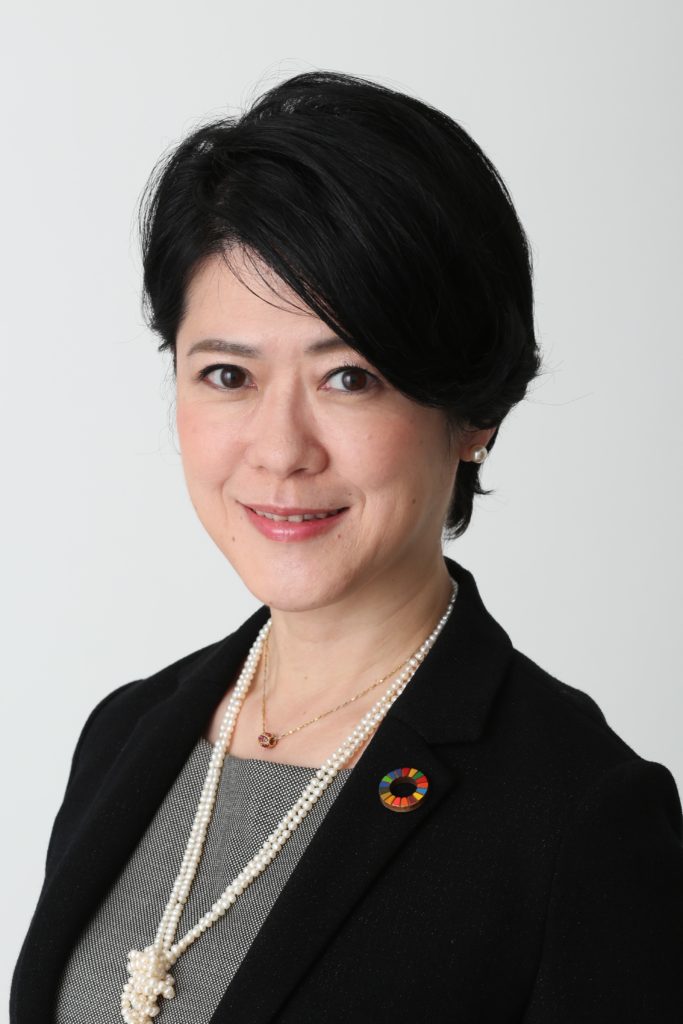
Yuuko Iizuka
Director, Sustainability Promotion Office
Sumitomo Forestry Co., Ltd.
Tags associated with this article



